08.02.2018, Johanna Järvinen-Taubert
Designing quality lessons
When we have visitors visiting Finnish classes they are very interested in the way lessons are carried out in Finland. Some visitors recognize modern pedagogical practices, while the others tell us that Finnish teaching is very different from what is the practice in their own countries. The classes we visit are also often very different from each other: sometimes there is very activating and co-operative methods going on, sometimes traditional teacher-led teaching or independent studies, projects, learning outdoors or learning by doing etc.
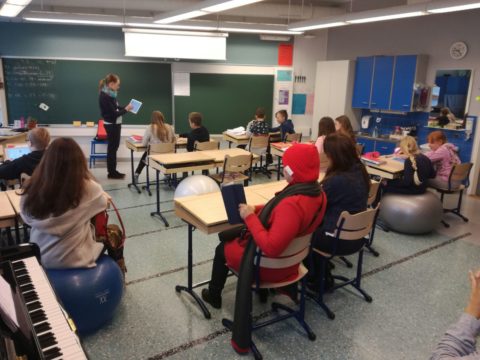 Designing quality lessons is in the very core of teacher training in Finland. During Finnish teacher training teacher students are taught different options and possibilities to design lessons in a pedagogically productive way. During their studies teacher students plan several lessons themselves and get feedback of their lesson plans. After reviewing their plan they execute their planned lessons in practice, get feedback from their teacher trainers and peer students and reflect their experiences themselves in order to improve their expertise in this field.
Designing quality lessons is in the very core of teacher training in Finland. During Finnish teacher training teacher students are taught different options and possibilities to design lessons in a pedagogically productive way. During their studies teacher students plan several lessons themselves and get feedback of their lesson plans. After reviewing their plan they execute their planned lessons in practice, get feedback from their teacher trainers and peer students and reflect their experiences themselves in order to improve their expertise in this field.
The purpose for beforehand planning is to enhance learning the best possible way. That’s why planning is based on the latest scientific research on learning and how to foster it the best possible way. It is vital that teachers-to-be get the strong foundation of what is learning and how to promote it. It is also essential that they get a versatile “toolbox” of different methods and pedagogical practices in order to choose the best possible pedagogical solution for different groups and situations.
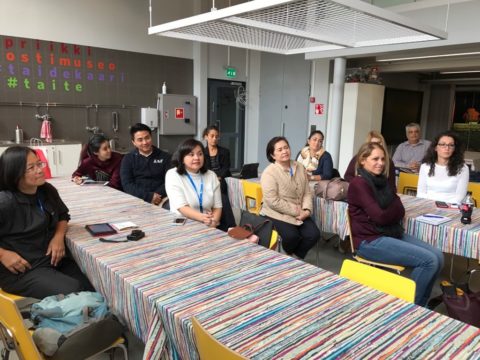 Designing lessons in beforehand helps to create meaningful learning situations and get better learning results. Teacher can always be flexible and change his or her plans during the lesson, but planning lessons in advance helps to build more developed and beneficial lessons for one’s students.
Designing lessons in beforehand helps to create meaningful learning situations and get better learning results. Teacher can always be flexible and change his or her plans during the lesson, but planning lessons in advance helps to build more developed and beneficial lessons for one’s students.
Usually the process of designing a lesson contains e.g. following steps:
- Recognizing the preconditions
- Setting the learning goals
- Choosing the contents
- Deciding the structure of the lesson and the teaching methods
- Determining the assignments
- Setting the timetable for the lesson
- Planning the needed resources
There is not one right order to follow these steps. Many steps can even be considered simultaneously. To keep up the on-going improvement of one’s lessons the planning cycle should also include:
- Putting lesson plan into practice
- Reflecting the experiences and room for improvement after the lesson
All this is very standard thinking in Finland. It is a regular practice for Finnish teachers to plan their lessons in beforehand and reflect their experiences afterwards. Nevertheless the methods of doing this may vary. Some Finnish teachers write their detailed plans down, whereas the others have this planning cycle “internalized” and don’t necessarily make so many notes.
When my colleagues have visited several different developing countries, they have realized that designing lessons is not something taken for granted everywhere. Teachers might have only one pedagogical model – teacher teaching and maybe students doing exercises afterwards – and in that case there is not much to plan about.
Teachers in developing countries might not have adequate teacher training or the quality of training is not high. It is hard to design versatile lessons, if you don’t have many options or useful tools to do that. Even the whole idea of designing lessons can be vague: what do you actually do, when you plan your lesson in beforehand?
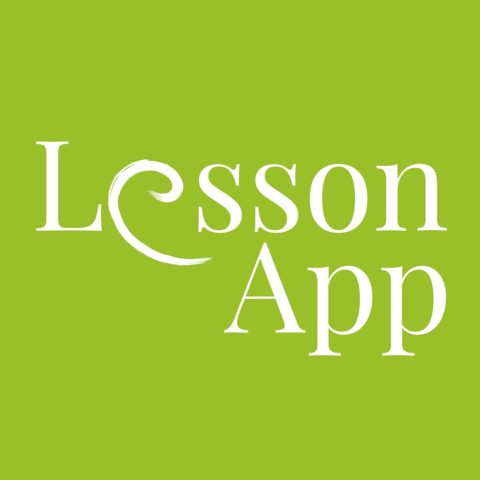 Realizing this obvious need for this basic pedagogical knowledge in many countries made us think… Sharing the very fundamental knowledge about lesson planning and pedagogically wise tools for doing that, shouldn’t be so hard. Every teacher should have access to quality knowledge and every student should be able to experience versatile, learning promoting, inspiring lessons, no matter where they live. In this era of boundless possibilities of sharing knowledge online, why don’t we make this knowledge accessible for everyone?
Realizing this obvious need for this basic pedagogical knowledge in many countries made us think… Sharing the very fundamental knowledge about lesson planning and pedagogically wise tools for doing that, shouldn’t be so hard. Every teacher should have access to quality knowledge and every student should be able to experience versatile, learning promoting, inspiring lessons, no matter where they live. In this era of boundless possibilities of sharing knowledge online, why don’t we make this knowledge accessible for everyone?
This led us to designing a mobile tool – LessonApp -for this purpose. The app will be launched later this year and we hope it will provide help for many teachers around the world. We are thrilled to share the tools for designing quality lessons – the Finnish way 😊! If you are interested in knowing more, please follow LessonApp on Facebook, Instagram or Twitter.
-Johanna

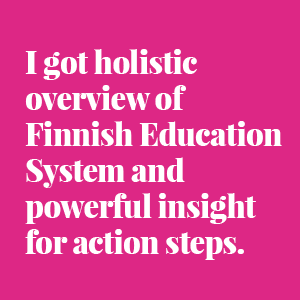

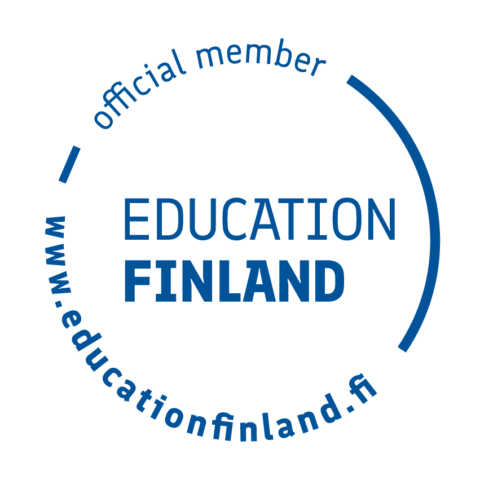


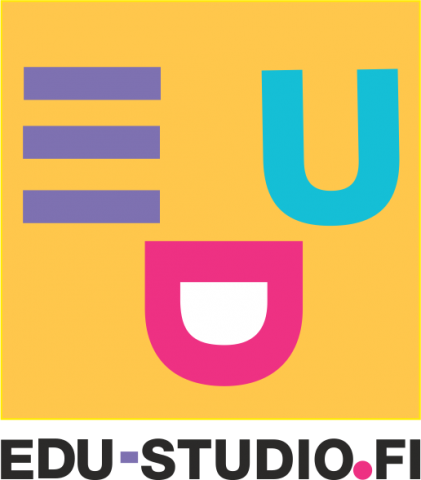


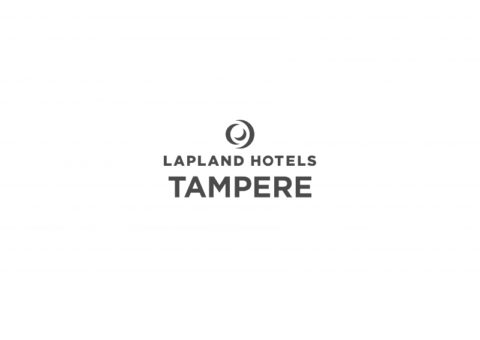
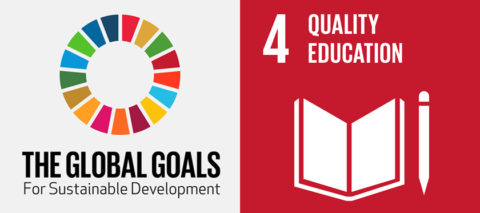

Follow us: